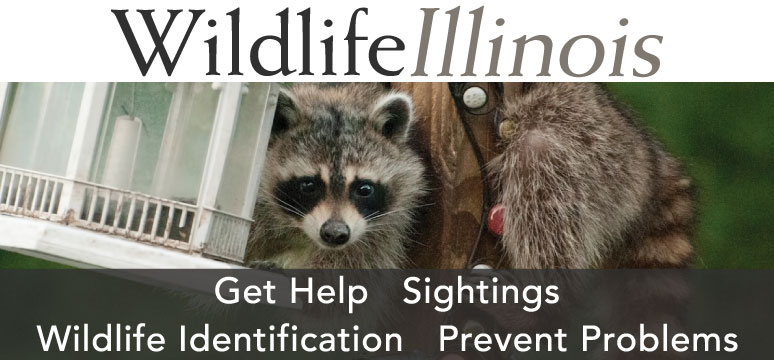
Keeping up with cutting-edge wildlife research, as well as changes in state and national wildlife-oriented programs and legislation, can be a daunting task. Here we briefly summarize some of the key work taking place that will be of interest to wildlife enthusiasts.
National Parks Overrun by Invasive Animals
According to a study by the U.S. National Park Service and universities, published in the Biological Invasions journal, the number of invasive animal species in national parks has put the protected lands under a “deep and immediate threat.” Of the 1,409 reported populations of invasive species in national parks, the report says only 11 percent are under control. To manage invasive animals, the study recommends a system-wide, collaborative approach that involves and educates the public.
Attics May be Sanctuaries from White-nose Syndrome for Bats

A study published in Ecosphere concludes that it is important to think about buildings and attics in new ways given the challenges presented by white-nose syndrome. Bats in buildings shouldn’t just be seen in terms of human-wildlife conflict. Attics may provide the perfect place for female bats to weather cold summers, and may help protect animals from the deadly white-nose syndrome. Researchers found a great difference between female and male bats in Yellowstone National Park. Males only used rock crevices or trees while females roosted in building attics 84 percent of all possible days. Climate testing suggested that the females may be choosing the buildings as they were warmer in the middle of the maternity season.
Dead Animals Play Key Role in Ecosystems
Dead animals load ecosystems with fresh nutrients long after scavengers have picked their bones clean, according to research published in PLOS ONE. Scientists observed the effect that red deer carcasses had on the surrounding ecosystem in a nature reserve. They found that the carcasses benefit insect species that feed on them as well as the plants in the area—some plants grew five times as large around carcasses due to nutrients in the ground. These larger plants attracted four times as many insects, as well as the larger animals that feed on insects. The carcasses had a significant impact on the entire local food chain for months.

Does Coyote Hazing Work?
In cities and towns across America, coyotes are thriving. This increased contact with people has led to bolder and more aggressive behaviors towards people and pets. Hazing often is promoted as a nonlethal method to reduce urban coyote conflicts, but there have been few controlled studies to evaluate its effectiveness.
To better understand how coyotes with different human experiences respond to hazing, USDA-Wildlife Services and Utah State University scientists conducted a behavioral experiment with captive coyotes at the National Wildlife Research Center’s field station in Millville, Utah.

Captive coyotes were exposed to one of five human experiences: an adult walking, an adult walking with a dog, an adult hand-feeding coyotes and walking, a child walking and a child hand-feeding coyotes and walking. After repeating the human experiences with the coyotes for five days, the participating adult or child then was asked to haze (shake a tin can full of coins, yell and stomp their feet) any coyote that approached them to within 1 to 3 meters.
Results showed the number of times coyotes approached and experienced hazing decreased over time. This suggests that coyotes with hazing experience learn to avoid behaviors, such as getting too close to people, that might result in more hazing. Additionally, coyotes that were fed or were followed by a person with a dog were more likely to approach a person even if it resulted in being hazed.
Researchers concluded that coyote hazing can work, but a coyote’s past experiences with people influences hazing effectiveness. To reduce urban coyote conflicts it’s important to encourage people to proactively haze coyotes, avoid pet-coyote interactions and not feed them.
View scenes from the research at https://youtu.be/JTtC0BMiIdQ
Google’s Wildlife Insights Helps Managers ID From Images
A new tool for wildlife managers has come from a unique source. Google Inc. has launched Wildlife Insights—an online portal designed to help wildlife managers around the world identify wildlife from camera traps. Still in its beta version, the online application allows researchers to upload images from camera traps and have them automatically labeled and entered into a global database using artificial intelligence.
According to phys.org, researchers and wildlife managers will be able to carry out searches and conduct analyses such as tracking changes in population for a given species in a given area over a period of time, making it easier for researchers to see what is going on with the world’s wildlife, and for wildlife managers to make decisions to preserve as many species as possible.
Watch a video at https://youtu.be/qKgRbkCkRFY.
Tracking Mammal Presence Through Soil DNA
According to a study published in the Proceedings of the Royal Society B, researchers are using trace residues that mammals leave in soil to better detect which species are present in an area. DNA may be present in the soil from fur, feces, urine or skin cells, and may be detected from a few cells or pieces of hair. Day and night vision camera traps were used to verify mammal presence in the area.
Researchers found they could tell if a large mammal was in the area within the last 30 days with 80 percent confidence, but even beyond 1,000 days DNA was detected. Small mammals, often more difficult to detect using techniques such as camera traps, also were detected through soil DNA.
Soil DNA testing is cheaper and faster than camera trapping, however, the researchers report that improvements in DNA analysis are necessary to identify individuals rather than just species.
Surviving Summer Allows White-nose Fungus to Become Deadlier

In an article published in Proceedings of the National Academy of Sciences, researchers report that the fungus that causes white-nose syndrome—Pseudogymnoascus destructans, or Pd, which grows only at cooler temperatures—doesn’t decay in North American caves during the summer the way it does in Europe and Asia. As a result, the fungus builds up and poses a greater risk to bats when they hibernate in the fall. The research team searched 101 subterranean hibernacula for the presence of Pd. They compared that data with population surveys and transmission data from 39 bat species on three continents.
Researchers found that higher levels of pathogen in the environment resulted in more severe disease outbreak in bats, and that the fungus decayed during the summer months in Europe, but in North America the fungus remained at the same or slightly higher levels. According to researchers, there is a 75 percent chance of finding the pathogen at any random site in North America.
Unlike Europe, in North America, the fungus is a recent invader and likely doesn’t have the same competitors. Hopefully, competition eventually may develop in North America.
Kathy Andrews Wright retired from the Illinois Department of Natural Resources where she was editor of OutdoorIllinois magazine. She is currently the editor of OutdoorIllinois Journal.





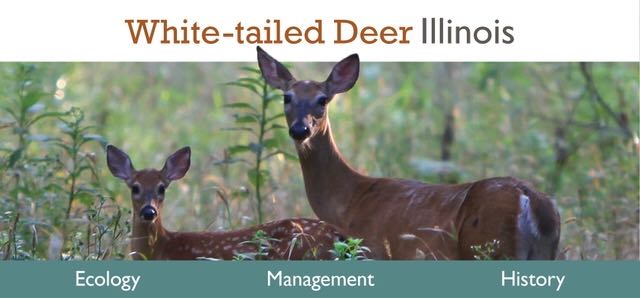
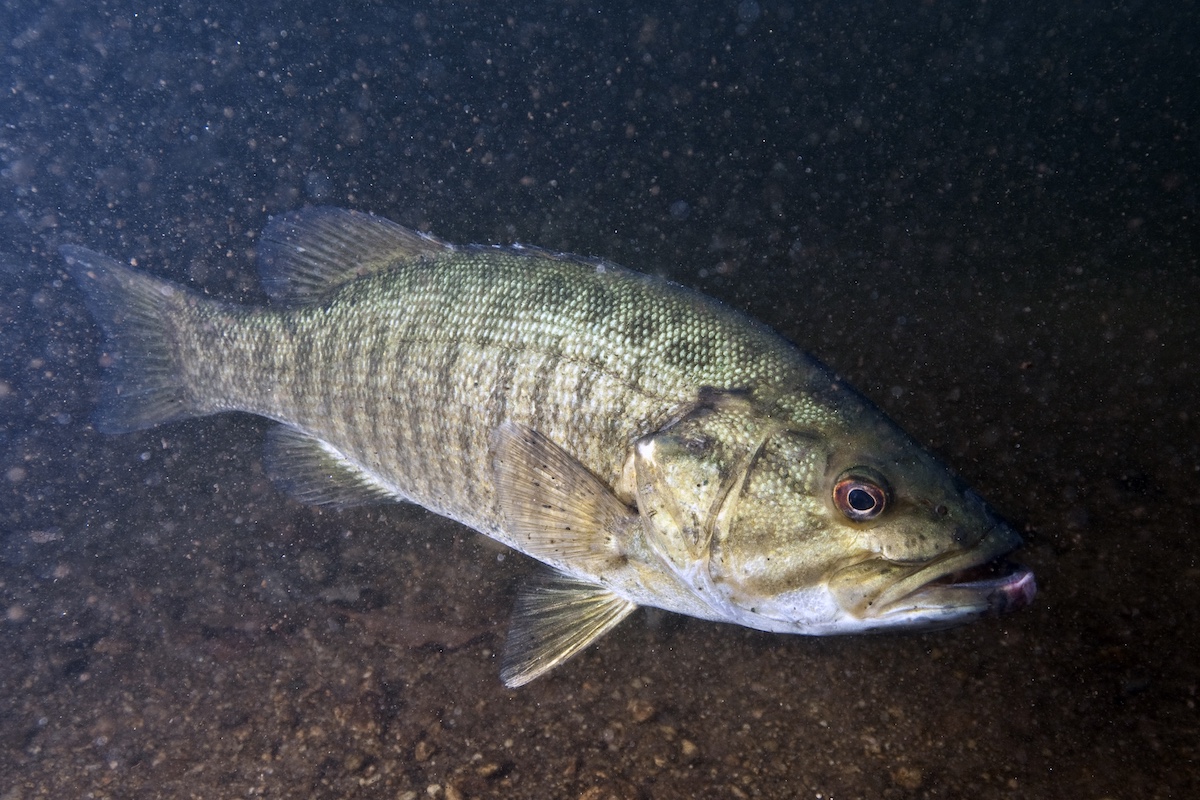

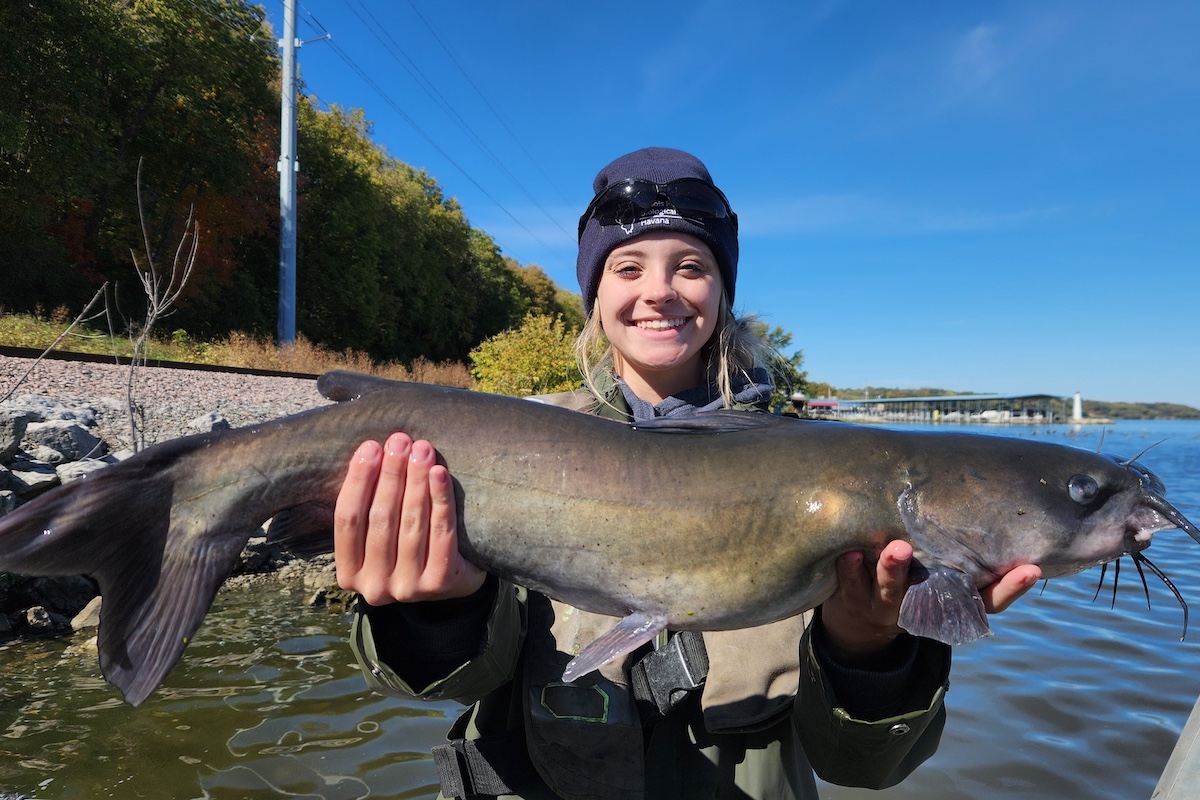
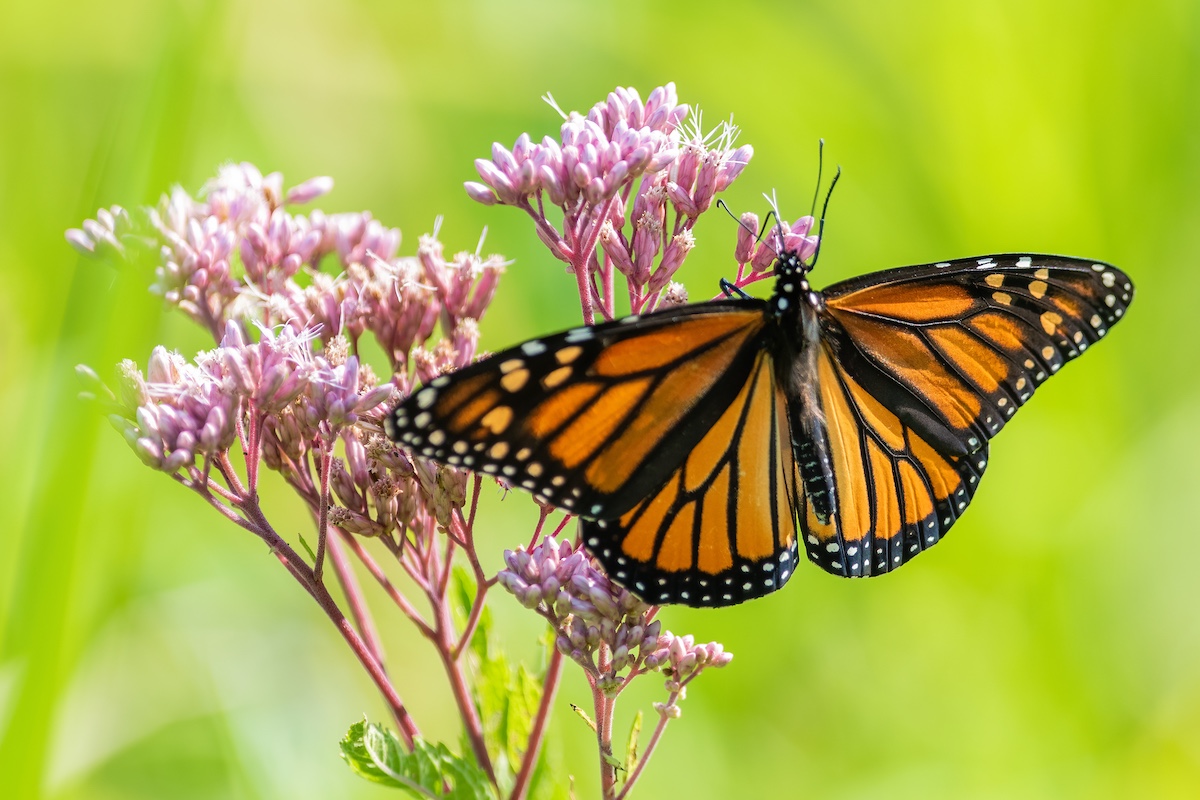
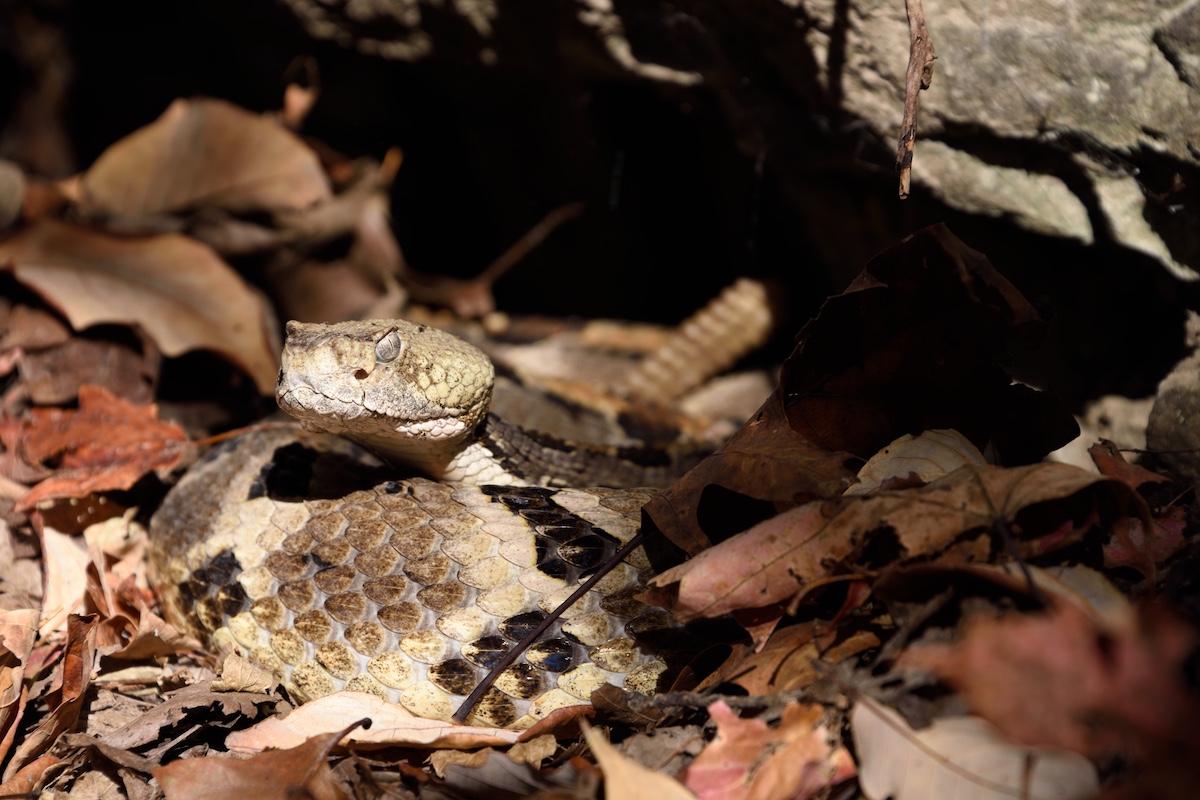
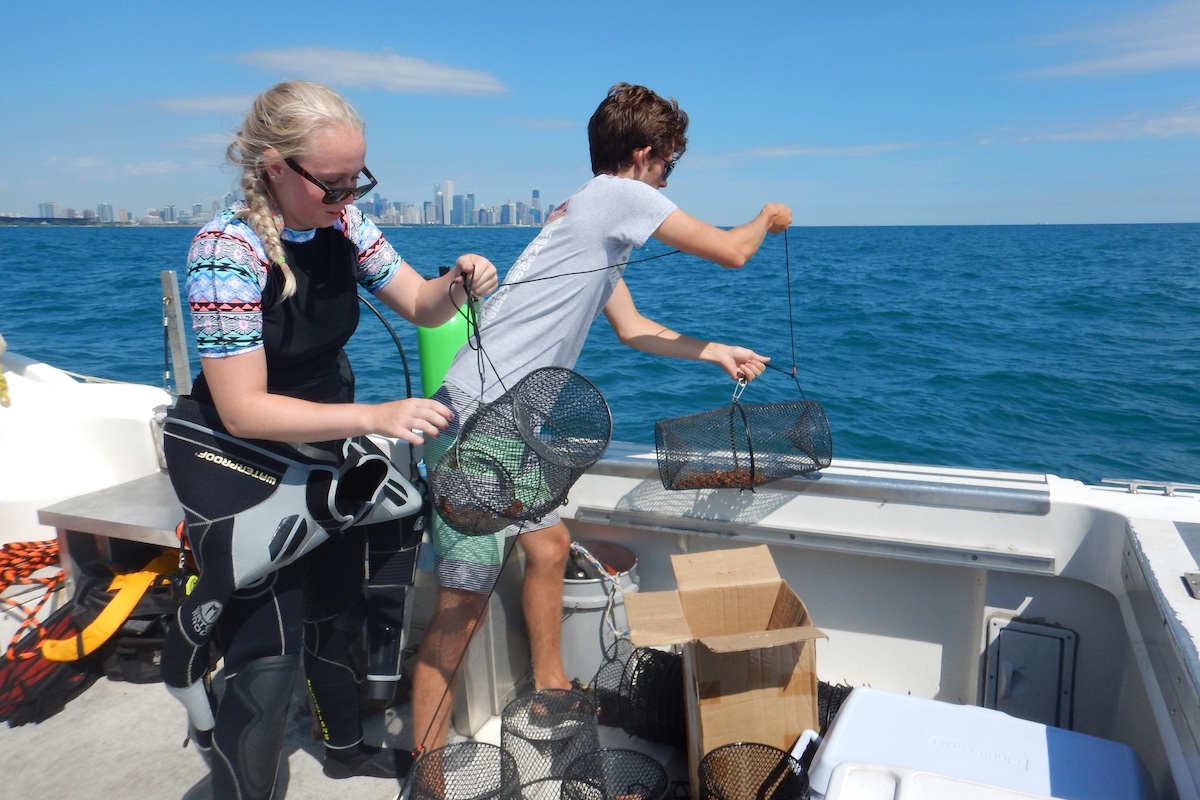
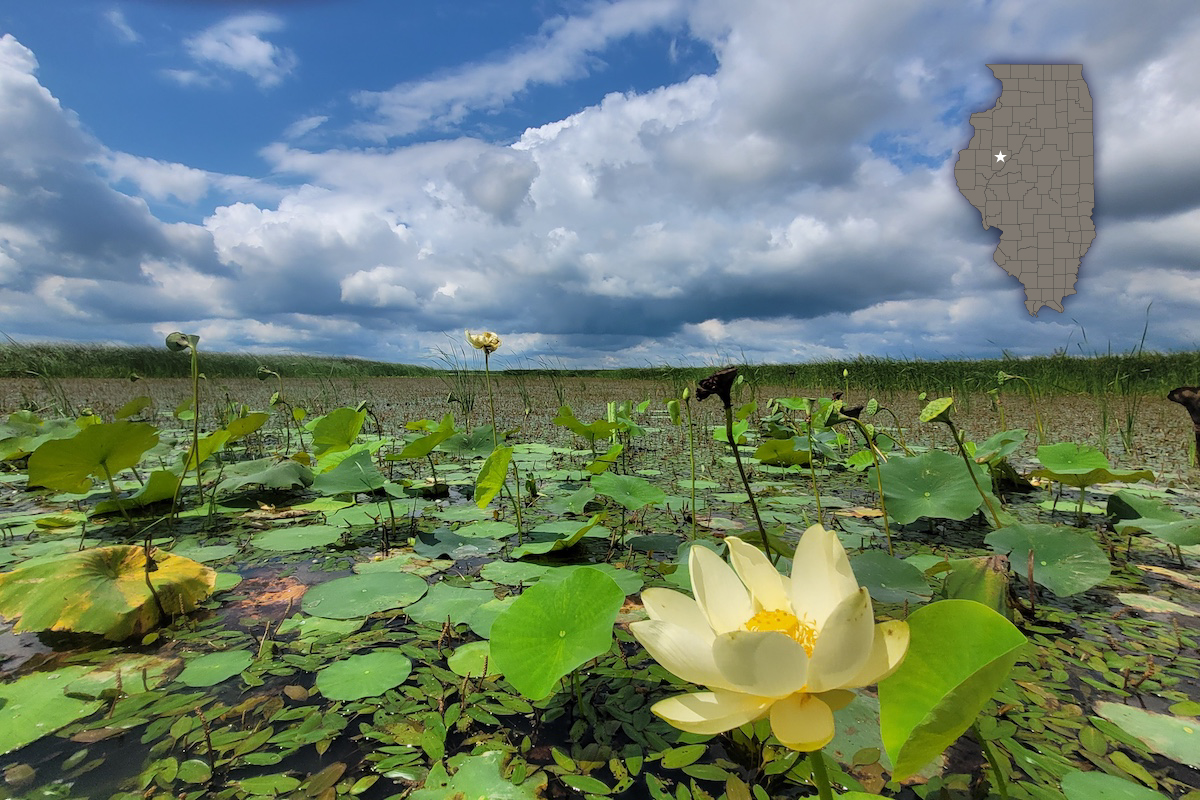
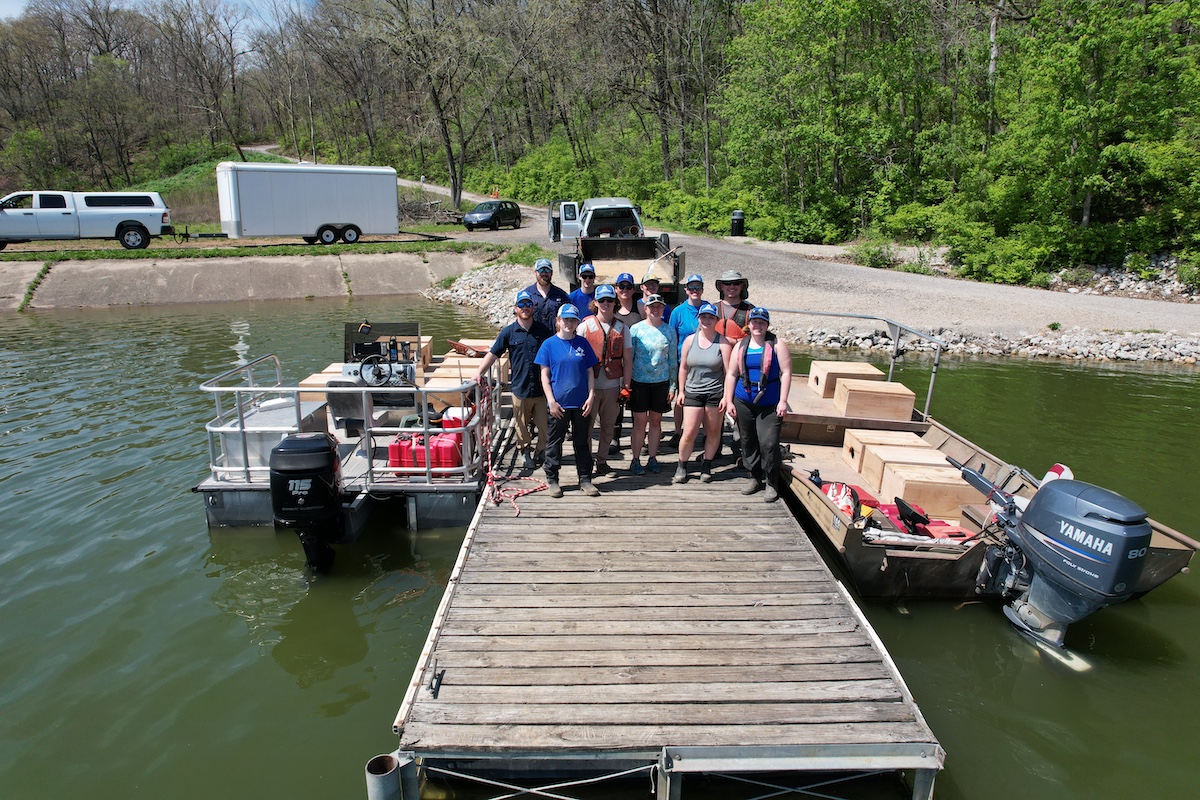


Submit a question for the author